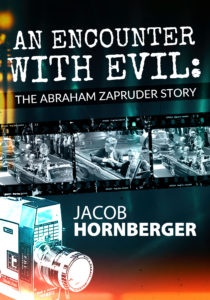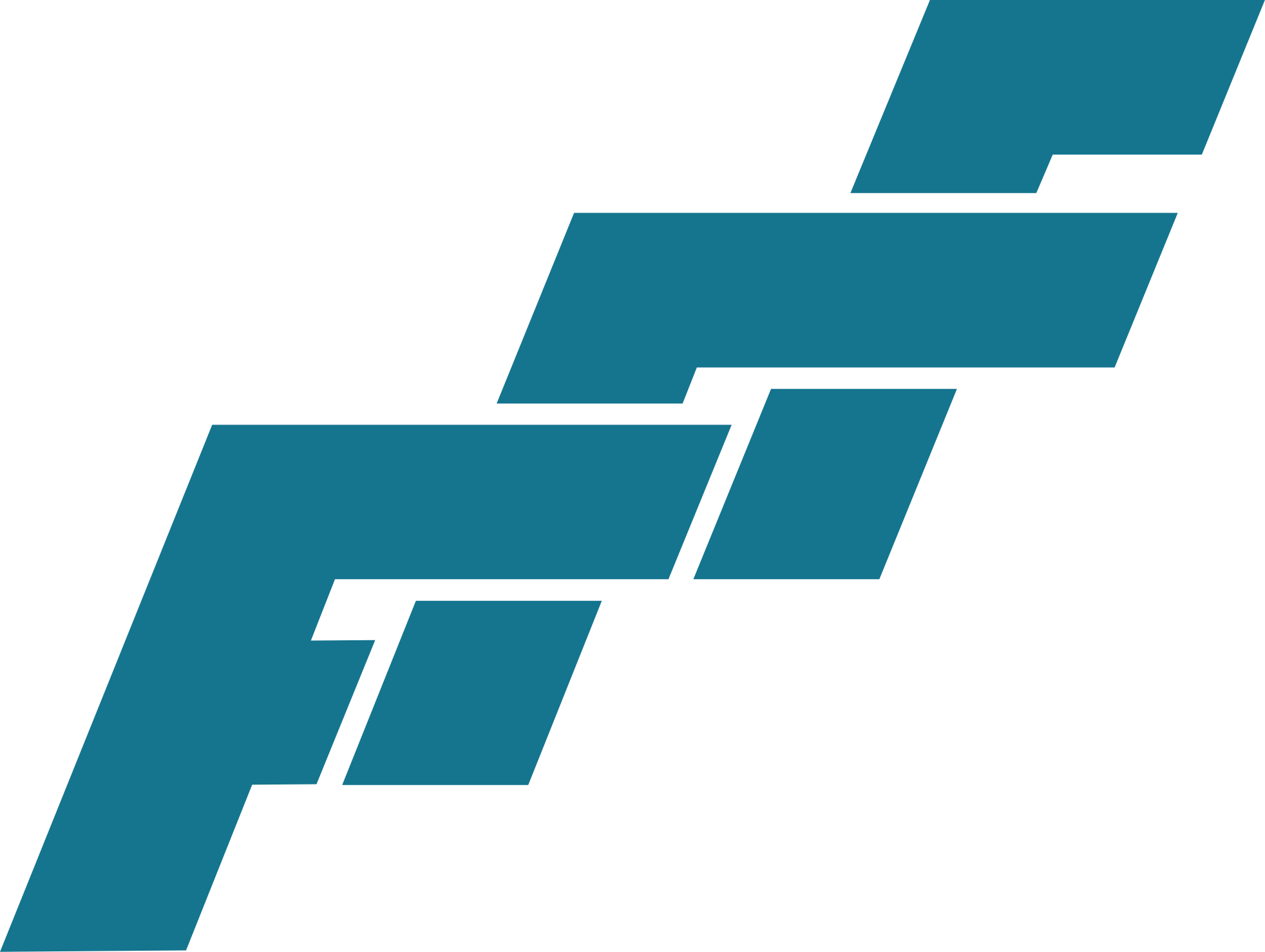Those who have read my books The Kennedy Autopsy and The Kennedy Autopsy 2 know that the U.S. military establishment conducted a fraudulent autopsy on President Kennedy’s body on the very evening of the assassination on November 22, 1963.
As I have emphasized for many years, no one has ever come up with an innocent explanation for a fraudulent autopsy. No one ever will. That’s because there is no innocent explanation for a fraudulent autopsy. It necessarily shows criminal culpability in the assassination of President Kennedy. There is no way around that.
That’s how we know with 100 percent certainty that the November 22, 1963, assassination of President Kennedy was a U.S. national-security state regime-change operation, one that was no different in principle from the U.S. regime-change operations in Iran (1953), Guatemala (1954), Congo (1961), Cuba (1960-1963), and Chile (1970-1973).
This is especially true given that the scheme for a fraudulent autopsy was launched at Parkland Hospital at the moment that the president was declared dead. That was when a team of Secret Service agents, brandishing guns and screaming, yelling, and cussing, forced their way out of Parkland in order to prevent Dallas County Medical Examiner Dr. Earl Rose from conducting an autopsy, as required by state law. Operating under orders, that Secret Service team delivered the president’s body into the hands of new President Lyndon Johnson, who then delivered it into the hands of the U.S. military establishment, which then proceeded to conduct its fraudulent autopsy just a few hours after the assassination.
In the 1990s, the Assassination Records Review Board took the oral deposition of a woman named Saundra Spencer, who proceeded to tell a remarkable story. She was petty officer in charge of the White House Laboratory at the Naval Photographic Center in Washington, D.C. Spencer worked closely with the White House in developing social photographs taken of President Kennedy and his family.
Spencer told the ARRB that on the weekend of the assassination, she had been asked to develop official autopsy photographs of the president’s body. Since she was led to believe that it was a highly classified operation, she had kept her secret for more than 30 years. The ARRB released her from her vow of secrecy.
The ARRB counsel, Jeremy Gunn, showed Spencer the official autopsy photographs that show the back of President Kennedy’s head to be intact. She examined them carefully. She responded that those were not the photographs that she developed on the weekend of the assassination. The ones she developed showed a massive exit-sized wound in the back of the president’s head.
If true and correct, that could mean only one thing: The military’s autopsy photographs were fraudulent. It’s worth mentioning that of all the witnesses that appeared before the ARRB in the 1990s, Gunn considered Spencer to be the most credible witness of them all. In my opinion, it would be virtually impossible to find a witness as credible as Saundra Spencer … except for Dr. Robert McClelland, one of the physicians who treated President Kennedy at Parkland. There is no doubt that McClelland was as credible a witness as Spencer.
For the rest of life, McClelland steadfastly maintained that he had witnessed the massive exit-sized wound in the back of President Kennedy’s head — the same wound that Spencer saw in the autopsy photographs that she developed. McClelland wasn’t the only one who saw the wound. So did other treating physicians at Parkland, such as Dr. Kemp Clark, Dr. Charles Crenshaw, Dr. Malcolm Perry, as well as Secret Service agent Clint Hill, FBI agents Francis O’Neill and James Sibert, nurses Diana Bowron and Audrey Bell, and many others. All of those witnesses, along with other circumstantial evidence, establish beyond any reasonable doubt the fraudulent nature of the U.S. military’s autopsy photographs.
But a big problem arises: The Zapruder film, which captured the Kennedy assassination on film, also shows the back of President Kennedy’s head to be intact after the fatal gunshot to his head. That can only mean one thing: If the U.S. military’s autopsy photographs are fraudulent, then that necessarily means that the Zapruder film has to be fraudulent as well.
As I detail in my new book, An Encounter with Evil: The Abraham Zapruder Story, the CIA was successful in keeping secret the complete role it played with the Zapruder film for some 40 years. Yes, 40 years! Four decades! In fact, not surprisingly, the CIA continues to keep the complete details surrounding its control over the Zapruder film on the weekend of the assassination secret to this day.
The official narrative, the one that was fed to the American people, is that after Dallas businessman Abraham Zapruder sold the print rights to his film to LIFE magazine on Saturday, November 23, it was sent via airplane to Chicago, where it was supposedly then delivered to LIFE’s printing plant in Chicago.
As I set forth in my new book, that official narrative was a lie. In the late 2000s, a CIA official named Dino Brugioni established that the Zapruder film was secretly delivered to him on Saturday night, November 23, at the CIA’s National Photographic Interpretation Center in Washington, D.C. Like with Saundra Spencer, Brugioni had kept his secret for some 40 years.
The film was delivered to Brugioni by two Secret Service agents. Brugioni and his team watched the Zapruder 8mm film on an 8mm projector that they purchased that very evening for that purpose. Brugioni and his team were asked to make enlarged photographs of certain frames from the film and to place them on what were called “briefing boards.” This was not new to Brugioni. According to an article entitled “The Two NPIC Zapruder Film Events: Signposts Pointing to the Film’s Alteration” by Douglas P. Horne, who served on the ARRB in the 1990s, Brugioni, who served as the chief information officer at NPIC, was called the “briefing board czar” at NPIC.
There is something you should know about Brugioni. According to Wikipedia, “Even after retirement, Brugioni was considered to be the world’s foremost imagery intelligence analyst.”
After Brugioni had made the film enlargements, the two Secret Service agents then left NPIC with the Zapruder film.
Where did they go with the film?
The answer to that question was provided by another CIA official at NPIC named Homer McMahon. He told the ARRB in the 1990s that he was summoned to NPIC on Sunday night, November 24, 1963. A Secret Service agent who called himself “Bill Smith” delivered the Zapruder film to McMahon. He told McMahon on Sunday night that he had brought the film from “Hawkeyeworks,” a top-secret CIA film facility located in the research and development section of Kodak’s headquarters in Rochester, New York. According to Brugioni, they could “do anything” at Hawkeyeworks.
McMahon and his team were asked to make photo enlargements and to place them on briefing boards. In other words, they were asked to do the same thing that Brugioni was asked to do the night before.
There is something important to note about these two operations: They were tightly compartmentalized. That is, Brugioni was never told about the Sunday-night operation and McMahon was never told about the Saturday-night operation. Both teams were told that their operations were highly classified and that they were never to reveal them to anyone.
In fact, Brugioni didn’t learn about the Sunday-night operation until the late 2000s. When shown the Sunday-night briefing boards, he specifically denied that they were the briefing boards that he and his team prepared on Saturday night (and into the wee hours of Sunday morning). As I detail in my new book, Brugioni also explained why the Sunday-night briefing boards could not possibly be the Saturday-night briefing boards that Brugioni and his team prepared.
There is something else important to note about the Sunday-night operation: The film they had was in a 16mm format.
Why is that important?
As I detail in my new book, once Kodak in Dallas had slit Abraham Zapruder’s original 16mm film down the middle, the film was thereby converted into the 8mm format — the format that Brugioni’s team watched on Saturday night.
Why is that important?
Because once a 16mm film has been slit down the middle and converted into a 8mm format, it cannot be pasted back together again as a 16mm film. It remains an 8mm film permanently. Therefore, that necessarily means that the 16mm Zapruder film that was delivered to McMahon on Sunday night had to be a copy. Once that 16mm copy was slit down the middle, that became the new “original” 8mm Zapruder film that is the extant film today.
There is something else you should note about Dino Brugioni. When shown the extant Zapruder film in the late 2000s, he stated that that was not the film that he watched on Saturday evening, November 23, 1963. My new book includes a never-before-published interview with Brugioni.
Thus, on the very weekend of the assassination, we have the military conducting a fraudulent autopsy on President Kennedy’s body and the CIA producing a fraudulent film of the assassination. As I explain in my new book, it was within this maelstrom of evil that Dallas businessman Abraham Zapruder was sucked, which ended up destroying the rest of his life.
You can purchase An Encounter with Evil: The Abraham Zapruder Story at Amazon: $9.95 Kindle version and $14.95 print version.




